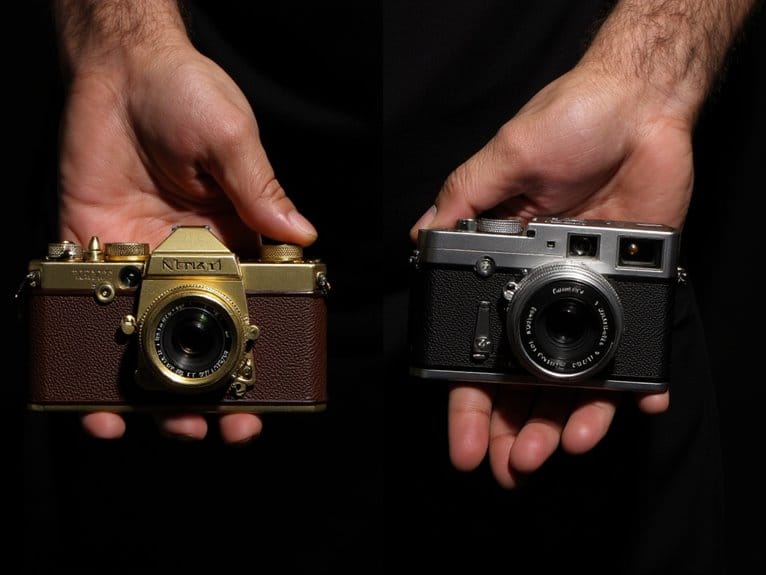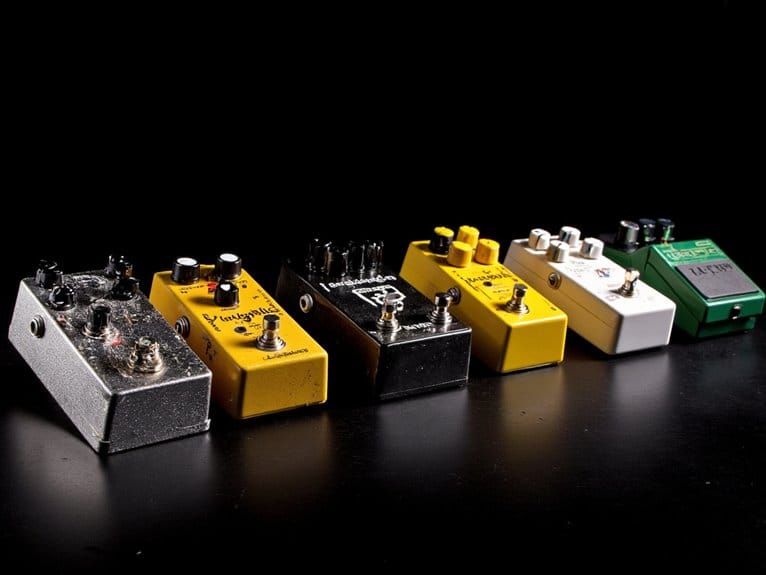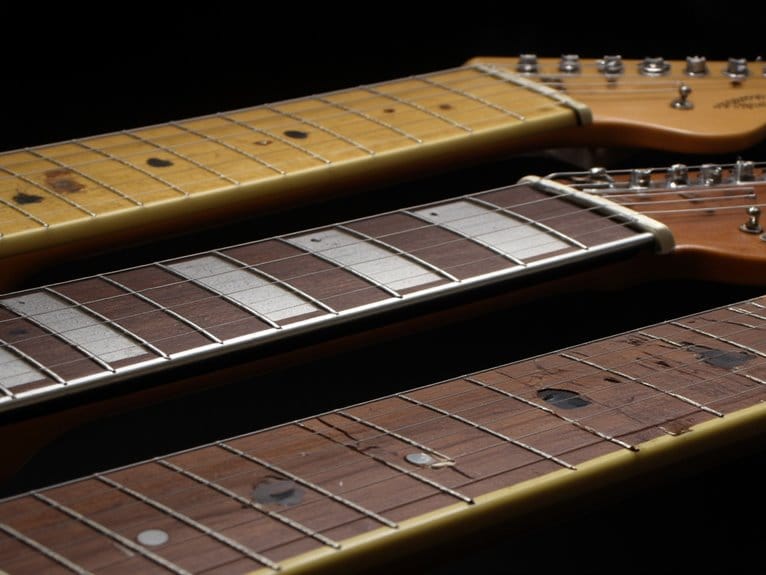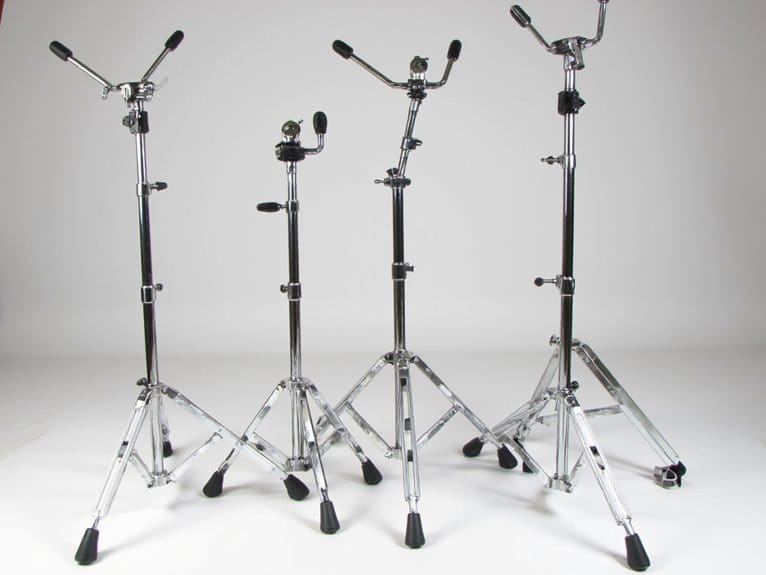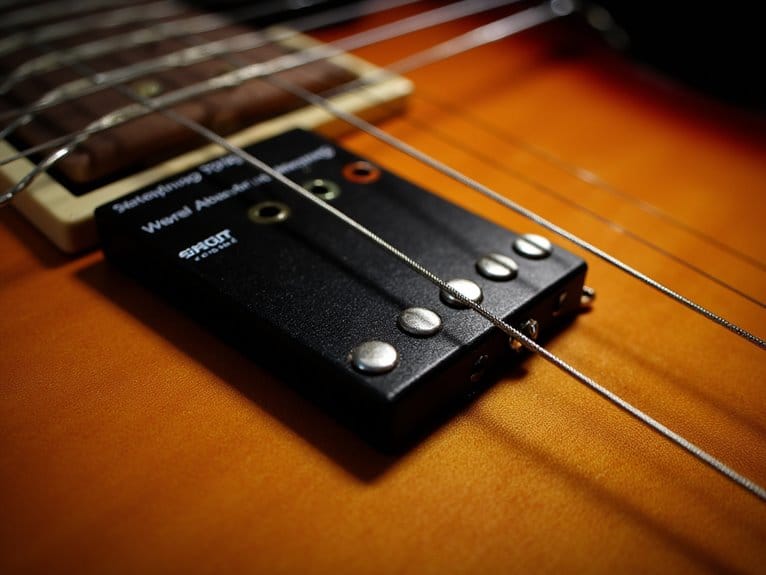Digital vs. Analog: Where Each Technology Excels
You’ll find digital technology excels in signal clarity, transmission efficiency, and noise immunity, maintaining pristine quality over long distances while offering 90% power efficiency and software adaptability. Analog shines in audio warmth, simplicity, and cost-effectiveness for basic applications, though it suffers from signal degradation and power losses. Digital dominates professional studios with error correction and non-destructive processing, while analog provides that nostalgic character audiophiles crave. Understanding these distinctions helps you make informed decisions, and there’s much more to explore.
We are supported by our audience. When you purchase through links on our site, we may earn an affiliate commission, at no extra cost for you. Learn more.
Notable Insights
- Digital excels in long-distance transmission with superior signal integrity, error correction, and resistance to noise interference.
- Analog provides natural warmth and harmonic richness preferred in audio applications for emotional engagement and nostalgic appeal.
- Digital systems achieve over 90% power efficiency and offer software-based adaptability without requiring hardware replacements.
- Digital technology enables advanced processing capabilities including data compression, multiplexing, and non-destructive editing workflows.
- Analog systems require simpler, more cost-effective circuitry making them ideal for basic applications with minimal complexity requirements.
Signal Processing and Transmission Capabilities
When you’re trying to understand the fundamental differences between digital and analog technologies, I’ve found that examining how each handles signal processing reveals the most telling distinctions between these two approaches.
Digital systems excel at maintaining signal clarity through discrete value processing, which eliminates ambiguity and enables precise data reconstruction.
Digital processing eliminates signal ambiguity through discrete values, ensuring precise data reconstruction and maintaining superior signal clarity.
You’ll notice digital signals maintain their integrity over long distances, while analog signals suffer from gradual degradation and noise accumulation that impacts transmission quality.
I’ve observed that digital processing offers superior flexibility through algorithmic manipulation, allowing complex operations like error correction and data compression.
However, analog systems require less sophisticated circuitry for basic applications, making them more cost-effective for simple tasks.
Digital technology ultimately provides better transmission speed and bandwidth efficiency through advanced multiplexing techniques.
Modern audio interfaces demonstrate this digital advantage by offering 24-bit/192kHz recording quality while maintaining professional-grade signal processing at affordable price points. Professional recording systems feature ultra-low-noise preamps with impressive gain ranges that ensure optimal signal capture across various applications.
Noise Immunity and Data Integrity
Building on these transmission advantages, I’ve discovered that noise immunity represents perhaps the most significant practical difference between digital and analog technologies, particularly when you’re dealing with real-world environments where interference is inevitable.
Digital systems excel through error correction algorithms that identify and fix corrupted data, while analog signals suffer continuous signal degradation without recovery mechanisms. You’ll notice this difference when comparing CD audio quality to vinyl records over time.
| Aspect | Digital | Analog |
|---|---|---|
| Noise Effect | Threshold-based immunity | Continuous degradation |
| Error Recovery | Built-in correction | No recovery possible |
| Generation Loss | None | Cumulative |
| Environmental Impact | Resistant | Highly susceptible |
Digital’s discrete binary values ignore minor noise variations, whereas analog’s continuous waveforms amplify every interference source, making them progressively less reliable.
Power Efficiency and Hardware Adaptability
While noise immunity showcases digital’s transmission superiority, I’ve found that power efficiency reveals an equally compelling advantage that directly impacts your wallet and device performance.
Digital amplifiers consistently exceed 90% efficiency, converting nearly all input power into useful output rather than waste heat, whereas analog systems suffer from continuous signal processing that generates substantial thermal losses.
These digital advantages extend beyond efficiency—you’ll discover that digital hardware offers remarkable adaptability through software updates, eliminating the physical redesigns that plague analog systems.
The analog limitations become apparent when you need modifications, as fixed circuitry requires complete hardware replacement.
Digital TV transmitters operate at just one-quarter the power of analog equivalents, demonstrating measurable energy savings that translate directly into reduced operating costs and compact designs.
Application-Specific Performance Advantages
Beyond the clear-cut advantages in power consumption and adaptability, I’ve discovered that choosing between digital and analog technologies often depends on your specific application needs, where each approach delivers distinct performance benefits that can make or break your project’s success.
When you’re working with audio applications, I’ve found these emotional experiences define your choice:
- Analog warmth creates that nostalgic, intimate connection listeners crave in vinyl records and tube amplifiers.
- Digital clarity delivers pristine, artifact-free reproduction that professional studios demand for critical monitoring.
- Harmonic richness versus precise filtering represents the fundamental trade-off between natural character and technical perfection.
Your decision ultimately hinges on whether you prioritize the continuous waveform capture that analog provides, offering natural harmonic content, or digital’s flexible processing capabilities that eliminate noise and distortion while enabling sophisticated manipulation. Digital systems also enable non-destructive processing throughout the entire production workflow until the final mix-down stage.
On a final note
You’ll find that choosing between digital and analog isn’t about declaring a winner, but rather matching the right technology to your specific needs. If you’re prioritizing data integrity, noise resistance, and complex processing capabilities, digital’s your best bet. However, when you need immediate response times, natural signal representation, or cost-effective simplicity, analog often delivers superior results for those particular applications.

